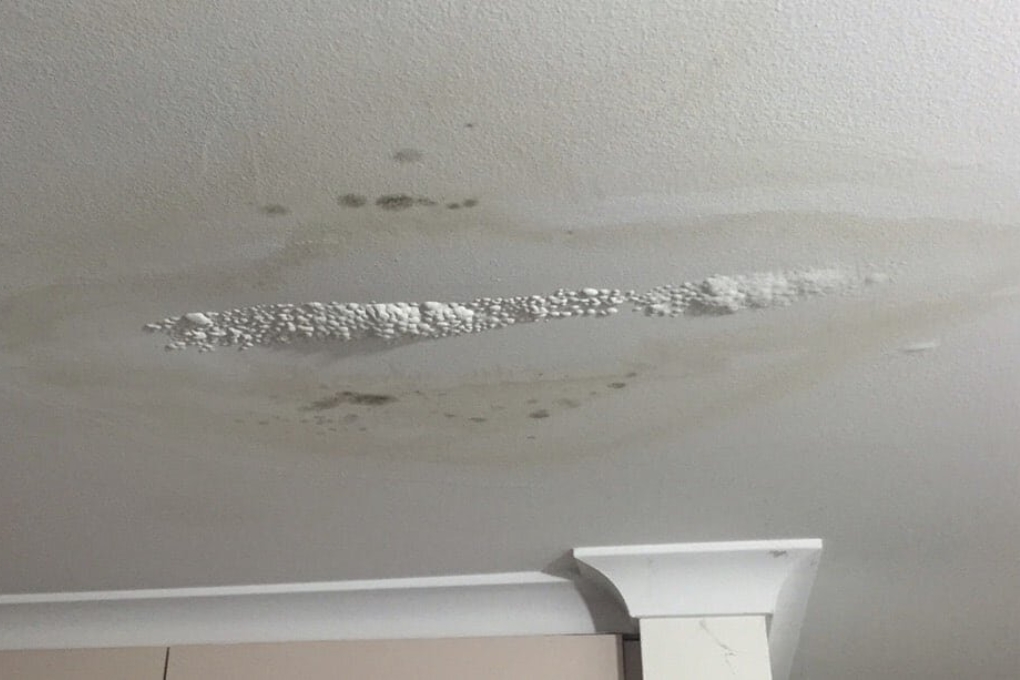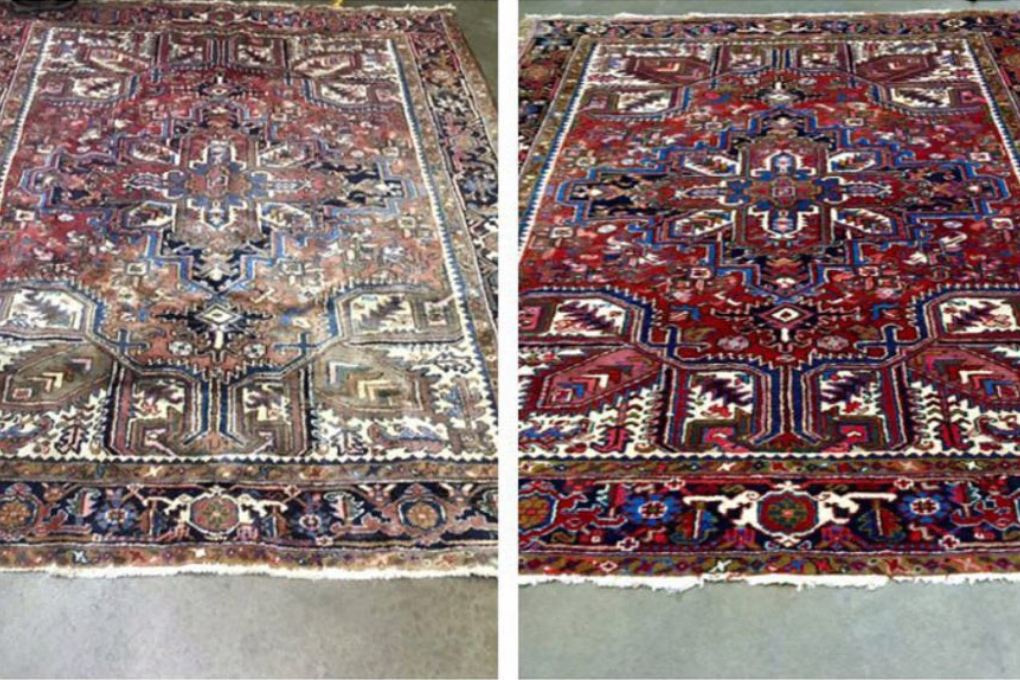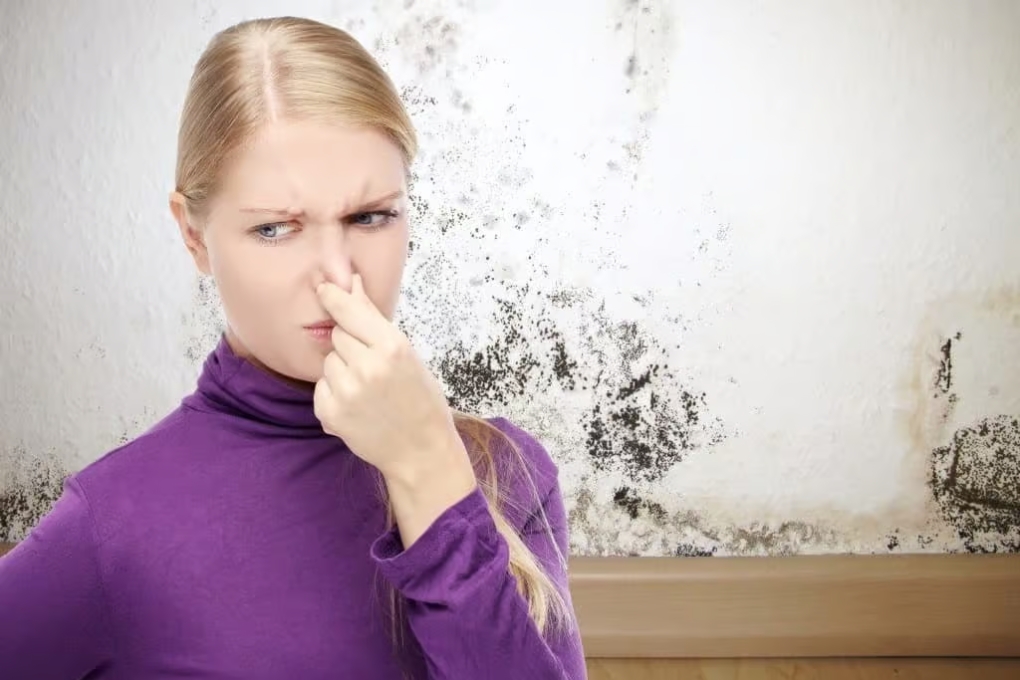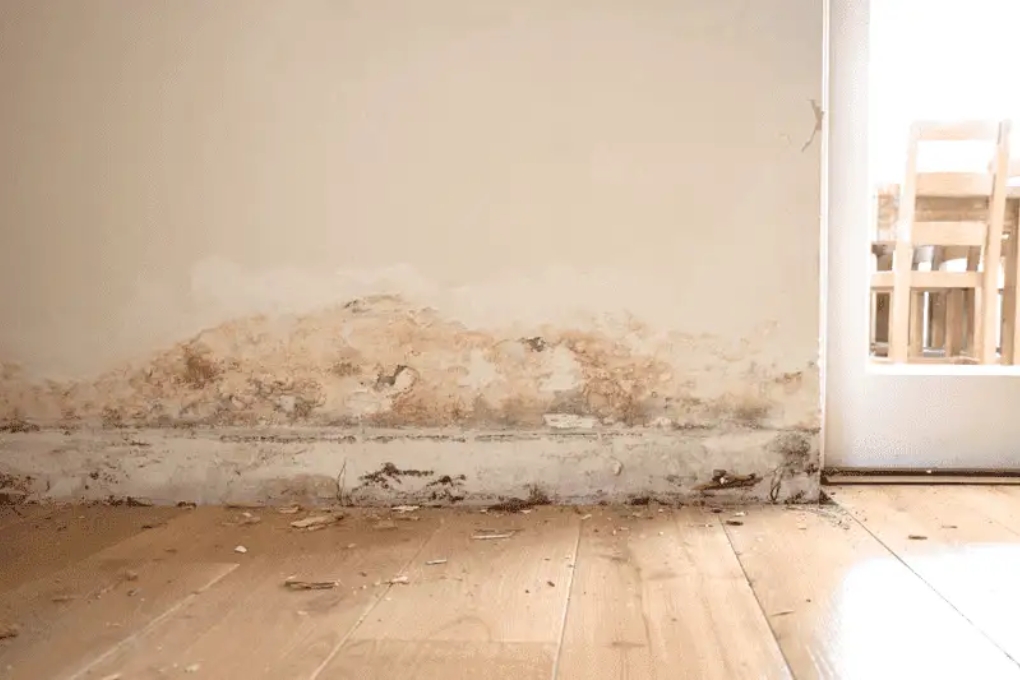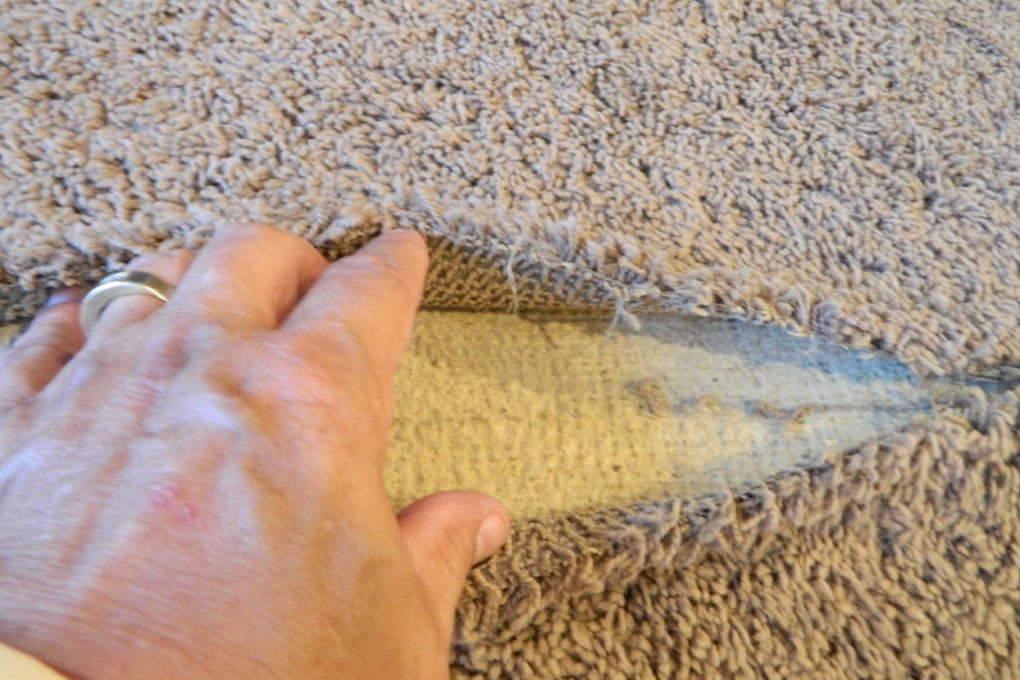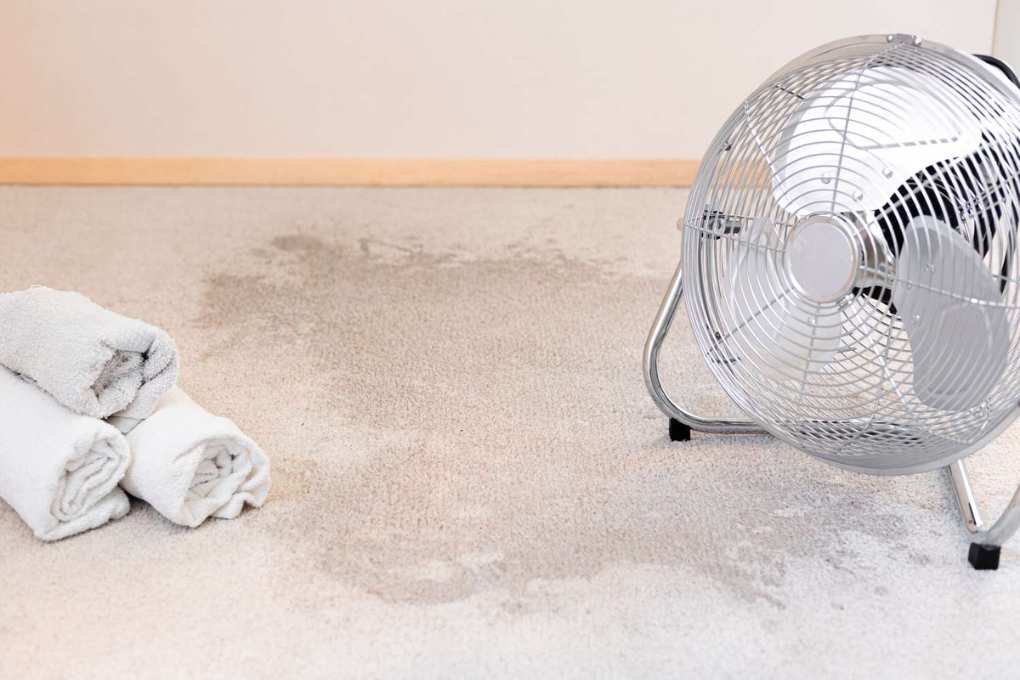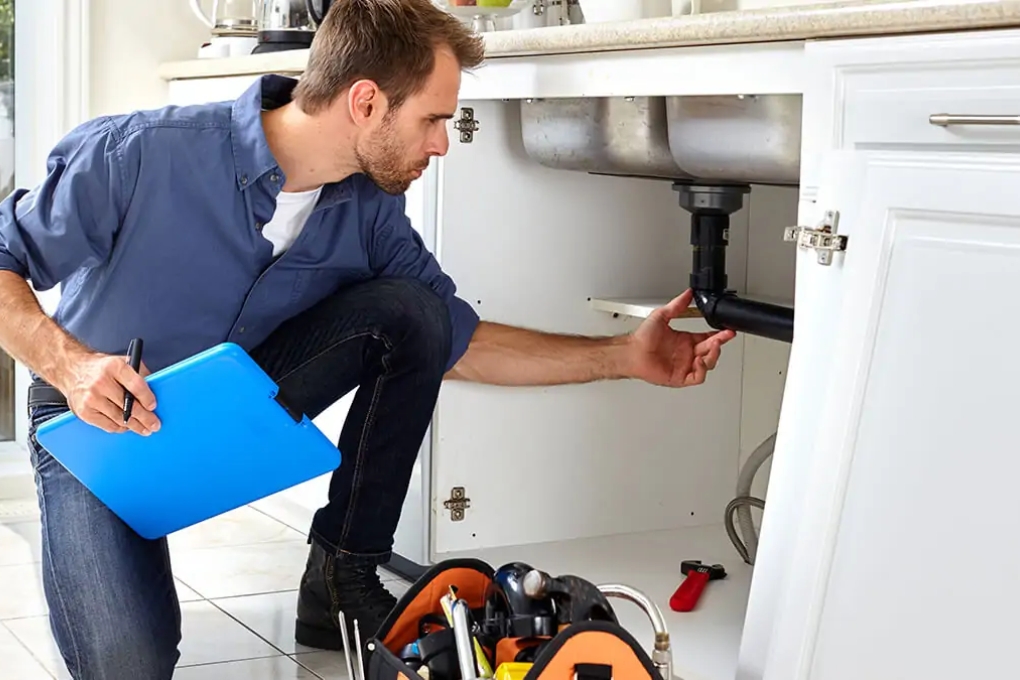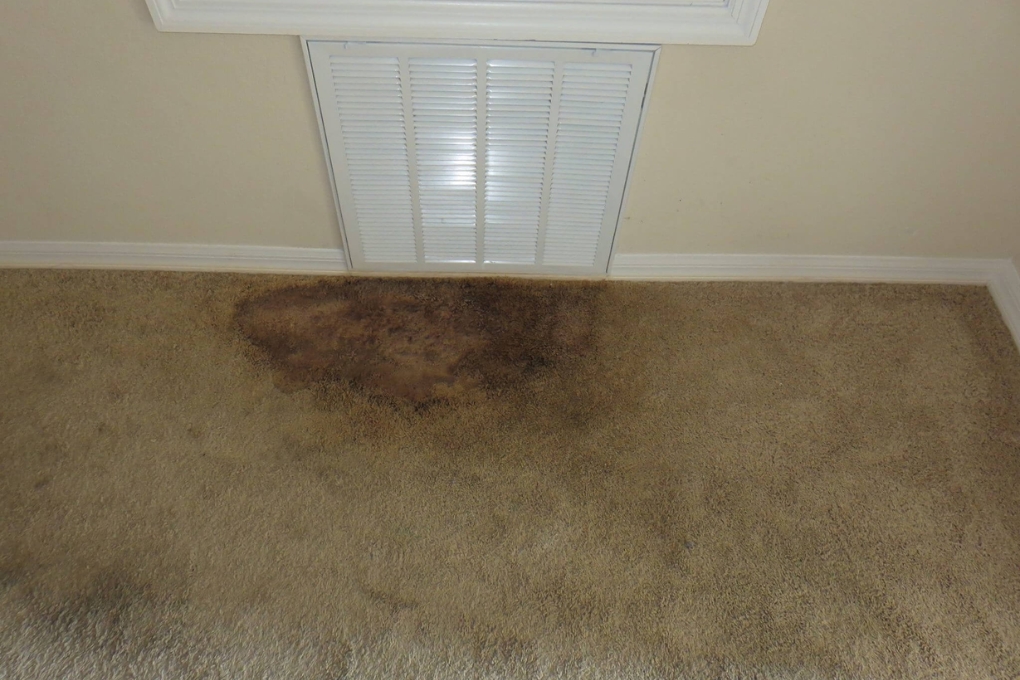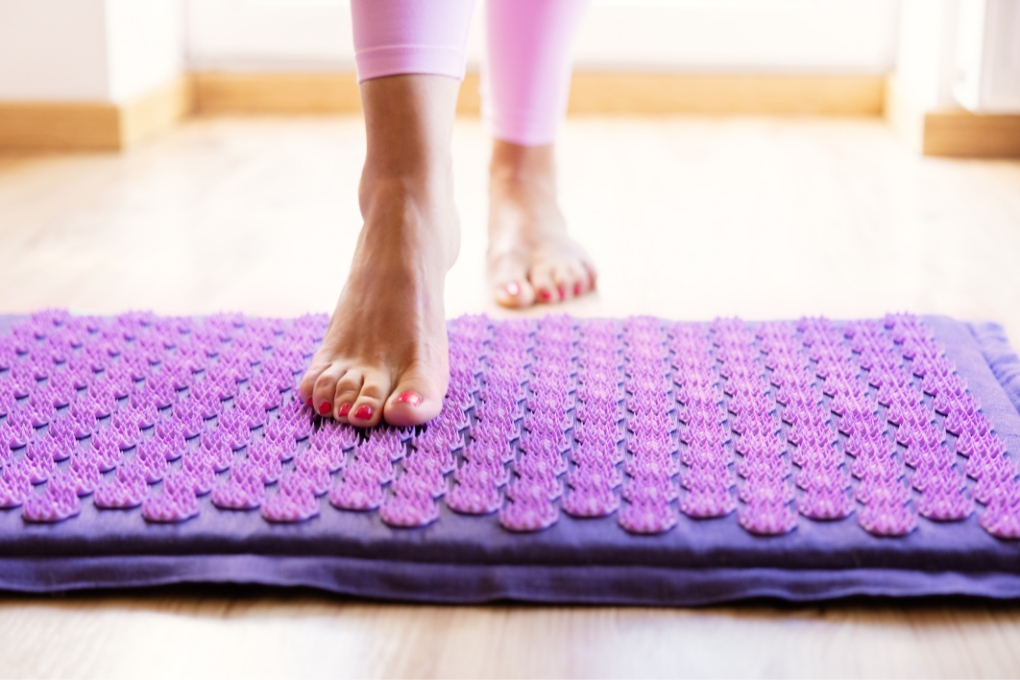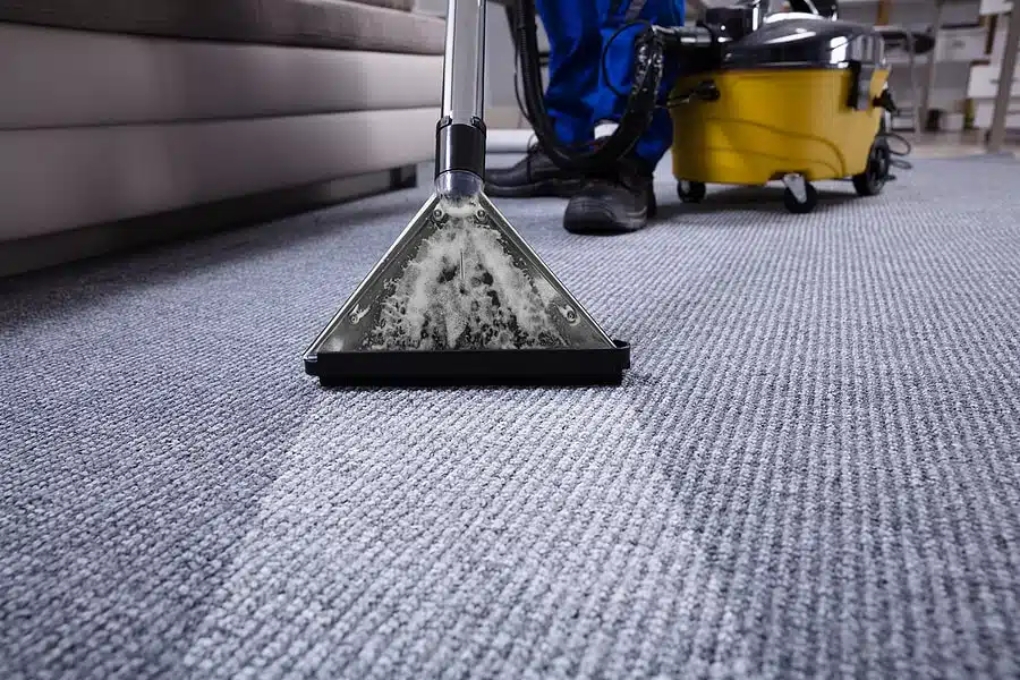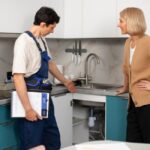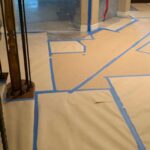Installing carpet in a home can make it feel cozy and welcoming. However, there are some downsides to consider, like its ability to soak up water, which causes it to hold onto moisture when exposed.
Preventing water from being absorbed into the carpet is crucial because it can lead to difficult to repair water damage. While small spills might not cause significant harm, but extensive flooding or pipe bursting can result in irreversible damage, even if you have a dehumidifier running.
Water damage to your carpet can be devastating, especially if it goes unnoticed for an extended period. It can lead to problems such as mold, mildew, and structural issues in your home. Fortunately, you can identify signs of carpet water damage and address it with relative ease. Plus, there are professional cleaning companies like SS Water Restoration that specialize in providing solutions to restore your carpet to a usable condition.
Causes of Water Damaged Carpets
Carpet in your home can become wet and damaged due to various reasons. Even clean water can result in significant harm to your carpets, so it’s important to take steps to prevent plumbing leaks from happening in the first place.
Furthermore, incidents like storms can lead to water damage in your carpet. Therefore, make sure your home’s foundation is strong and stable plays a vital role in preventing water damage and preserving your carpet.
Your carpet can be damaged because of the following reasons:
Leaking Pipes
When pipes develop cracks or leaks specially the bathroom pipes, water can escape, often going unnoticed until it causes damage to walls, ceilings, and carpets. Regular maintenance and inspections are essential to prevent this issue.
Roof Leaks
Roof leaks occur when the roof’s integrity is compromised, allowing rainwater to enter the home. These leaks can lead to extensive damage, including rotting wood, mold growth, and compromised insulation.
Poorly Sealed Windows and Doors
Inadequate sealing around windows and doors allows rainwater to seep in during storms or heavy rainfall. This can result in water staining, mold, and damage to nearby structures.
Overflowing Appliances
Malfunctioning or overflowing appliances like washing machines and dishwashers can release large amounts of water into your home. Regular maintenance and prompt repairs are vital to prevent these incidents.
Clogged Drains and Gutters
Clogs in drains and gutters prevent proper water drainage, leading to water pooling around the foundation or overflowing onto roofs resulting in severe water damage in the walls, ceiling and carpets. That’s why regular cleaning and maintenance is very important as it can help avoid this problem.
Natural Disasters
No one is prone to natural disasters and in advent of severe weather events, such as heavy rainfall and storms, can overwhelm drainage systems and lead to flooding, causing substantial water damage to homes.
Foundation Cracks
Cracks in the foundation can be very dangerous as it can allow groundwater to seep into basements or crawl spaces, causing moisture issues and potentially weakening the structural integrity of the home.
Signs of Water Damage on Carpet
Dealing with wet carpet and carpet water damage can pose difficulties specially when the source of the water may not be evident, and assessing the extent of the damage may prove challenging without taking up the carpet.
In such circumstances keeping an eye at the signs of water damage in carpets might be helpful in dealing with it.
Color Changes and Fading
Carpets affected by water damage can also undergo fading and discoloration. It’s advisable to regularly inspect carpets located near your kitchen, bathrooms, along baseboards, or in proximity to appliances like washing machines to detect signs of mold damage.
Musty Odor
A musty odor typically serves as a clear indicator of water damage in your home or office. You may often encounter a damp and mildewy scent, especially after an extended absence from their residence.
Even when clean water is involved, a wet carpet left undried for too long can produce a stagnant and moldy smell.
Dampness
When you sense dampness beneath your feet as you walk on the carpet, it’s a clear sign of an underlying problem associated with water leakage or infiltration. This moisture can be indicative of various issues, such as plumbing leaks, roof leaks, or even groundwater seepage into the home. Addressing the source of this dampness quickly is crucial to prevent further damage, including mold growth, and to maintain the integrity of your living environment. Regular inspections and timely repairs are essential to identify and rectify the root cause of the issue.
Mold growth
If you observe visible mold growth on either side of your carpet, it’s a clear indication of an issue with elevated moisture levels that require immediate addressing to prevent potential health hazards. Mold growth is a sign that there is excess moisture, and allowing it to persist can lead to health concerns. Swift action is essential to address the underlying moisture problem and safely eliminate the mold issue.
Carpet Delamination
Excess water has the potential to undermine the adhesive bonding the various layers of a carpet, leading to separation or what’s known as “delamination.” Moreover, you may notice the formation of bubbles or unevenness, suggesting substantial water infiltration beneath the carpet’s surface.
Preventive Measures for Avoiding Carpet Water Damage
Taking proactive steps to avert carpet water damage is essential for maintaining a clean and healthy home environment. Below are some guidelines to help you prevent potential water damage issues:
Regular Plumbing and Appliance Inspection
It’s essential to routinely inspect your plumbing system and appliances, including washing machines, dishwashers, and pipes, for leaks or signs of malfunction. Timely repairs can prevent extensive carpet damage.
Ensure Adequate Ventilation
Promoting proper air circulation throughout your home is an effective strategy to reduce indoor humidity levels and preventing moisture buildup that can lead to mold growth beneath carpets.
Invest in Waterproof Padding
Consider investing in waterproof padding beneath your carpet as an additional protective layer against potential water damage. This padding reduces moisture absorption by the carpet fibers and helps in prevention of the potential damage.
Quick Spill Response
You should act quickly when spills occur on carpets by blotting them with a clean towel. This immediate action limits liquid penetration into the fibers and reduces the risk of permanent staining or subsequent water damage.
Use Floor Mats
Install floor mats at entry points prone to exposure to wet surfaces during rainy seasons or snowy conditions. These mats absorb excess moisture, preventing it from reaching your carpets and also minimizing dirt accumulation over time.
Water Damage Carpet Cleaning and Repair
Cleaning and repairing carpet water damage can vary depending on the severity of the issue. For minor problems, such as small spills, you can often address them at home by blotting the affected area, thoroughly drying it, and using appropriate cleaning solutions. However, for more extensive water damage, it’s advisable to seek assistance from professional cleaning companies like SS Water Restoration. These experts possess the necessary experience and expertise to handle complex situations, ensuring thorough restoration and minimizing potential long-term damage to your carpet.
Conclusion
Water damage to your carpet is a significant concern that necessitates immediate attention. If you detect any of the warning signs outlined above, it’s crucial to act quickly to prevent further harm and potentially expensive repairs.
Consistent maintenance of your home’s plumbing systems, appliances, and HVAC units can also mitigate the risk of carpet water damage. In the event of water damage, do not hesitate to contact carpet repair specialists who specialize in addressing such issues. By remaining vigilant and implementing preventive measures whenever possible, you can help ensure that your carpets stay dry and free from mold or other harmful substances. With proper care and diligence, your carpets will maintain their appearance and durability for years to come.




